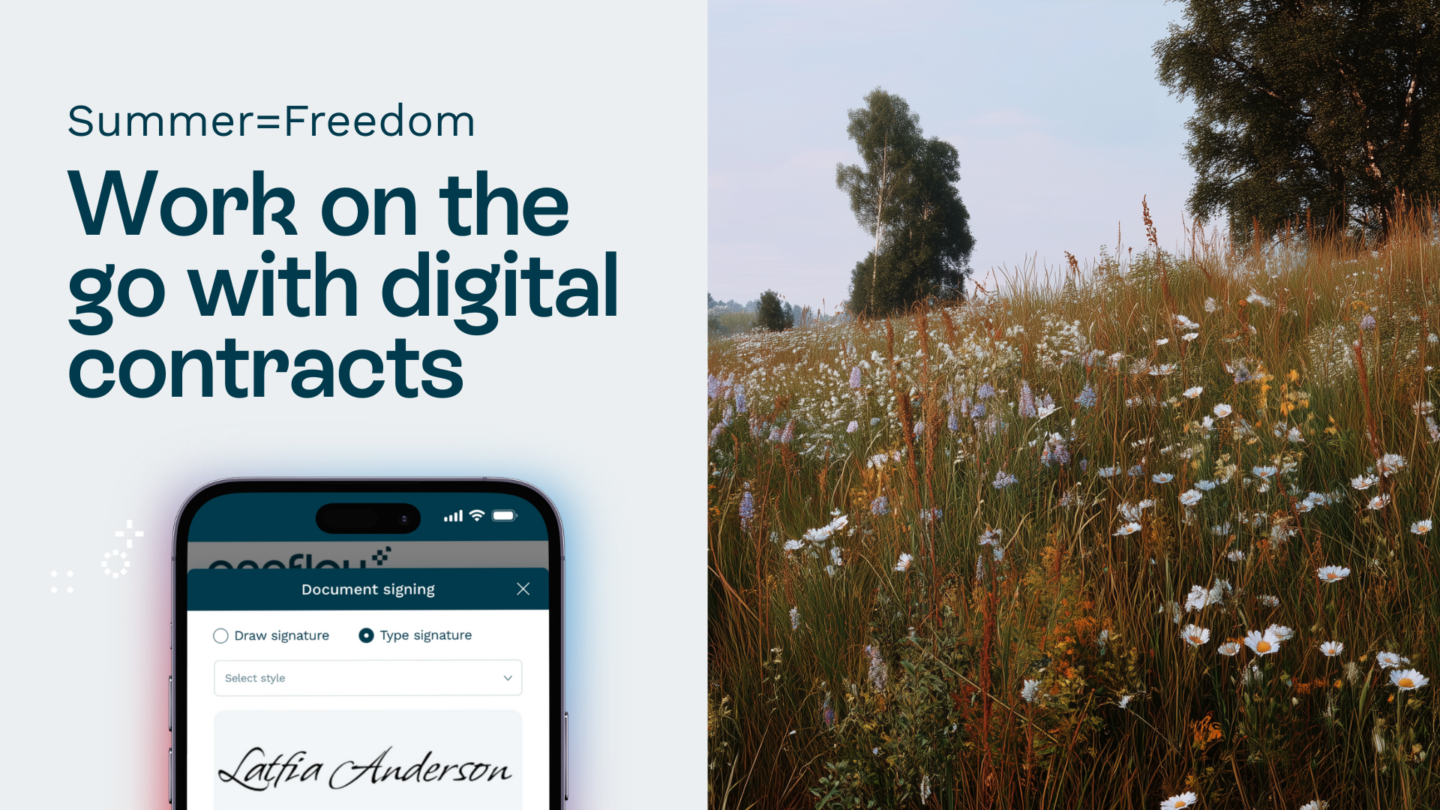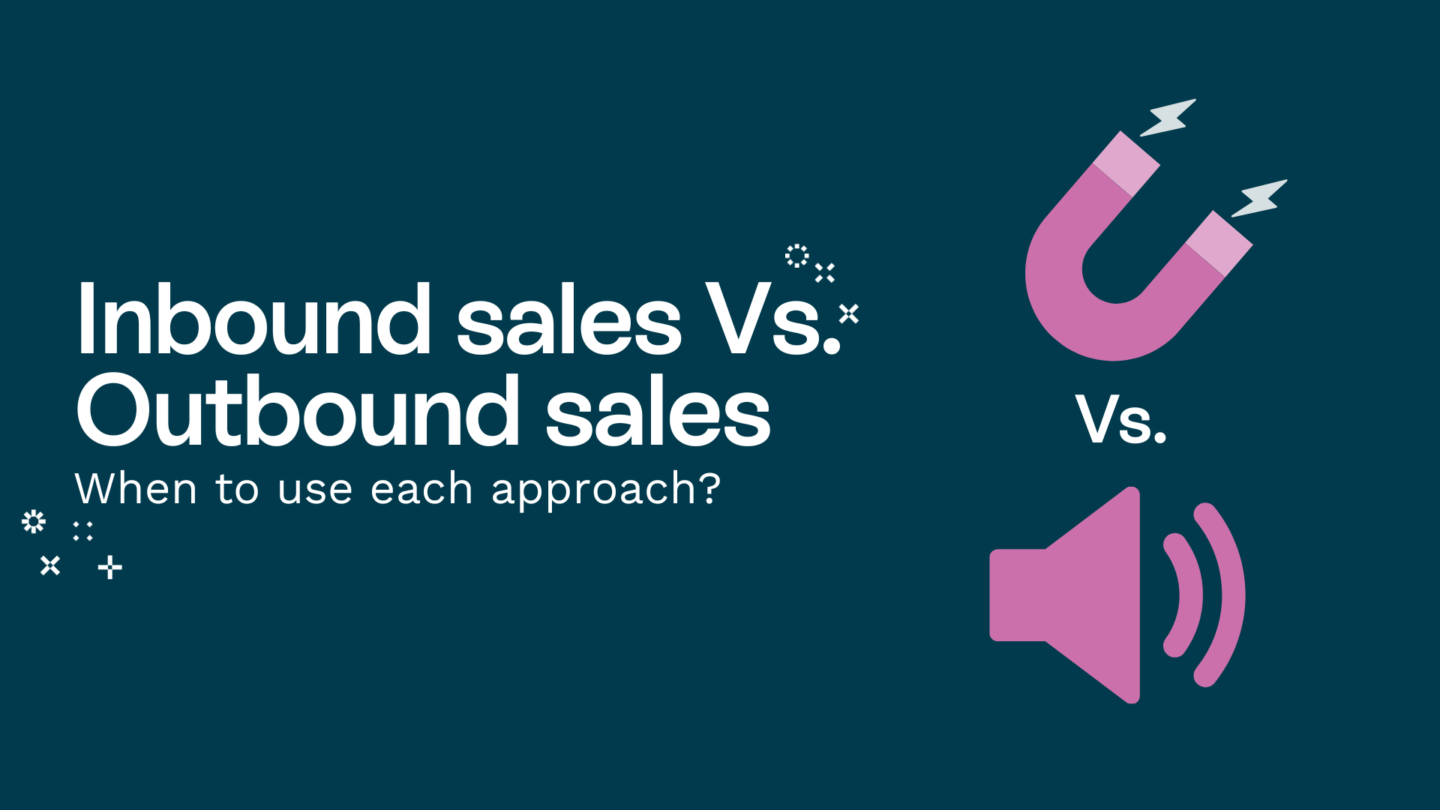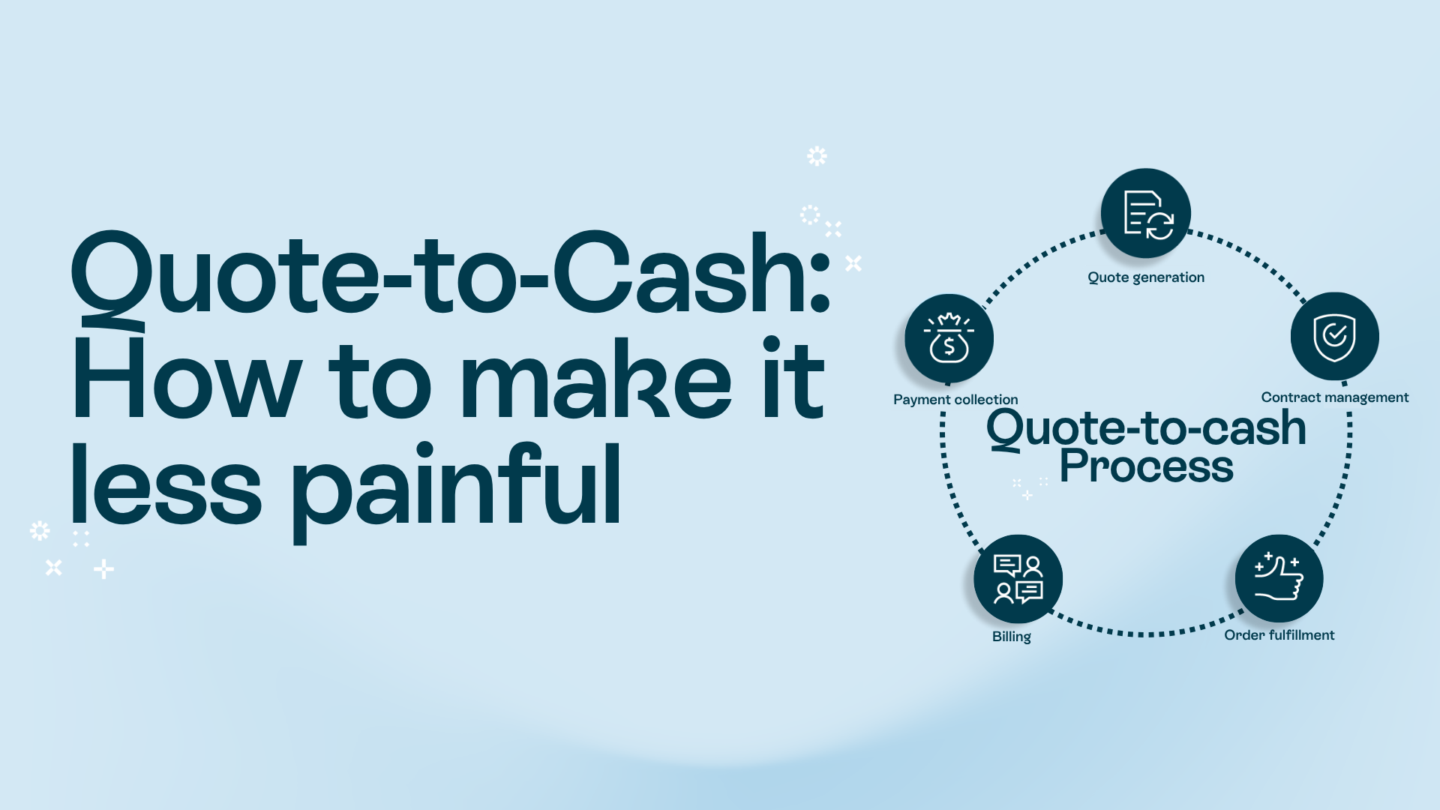Most business leaders will agree that attracting more prospects and increasing conversions should be a key aim of sales and marketing teams. But, bringing customers in requires well-thought-out communication, and it involves creating an effective sales outreach plan. In this article, we’ll look at how to create the winning formula to get higher conversions from your sales outreach strategy. Let’s jump in.
What is a sales outreach strategy?
A sales outreach strategy is a series of planned tactics to attract, engage, and nurture potential customers. Usually, these tactics will focus on forming new relationships, closing deals, building trust, and communicating with your target audience.
There are two main types of sales outreach. These are:
- Inbound sales outreach. This is considered a ‘warm’ outreach method because leads contact you because they already know what you offer and are interested. Warmer leads can be easier to convert, but it can be time-consuming and costly to build a strong brand in the first place.
- Outbound sales outreach. This is ‘cold’ outreach because your sales team pitches to new prospects who you think will want your product or service. Cold outreach is less time-consuming but requires a solid sequence of communication that resonates with your target market.
Statistics show that prospects need at least 5 follow-up calls before making a purchase. Having a strong sales outreach strategy is, therefore, essential.
Read also: How to work the room at events

How to create a sales outreach strategy
Traditional sales outreach involves making cold calls. Today, there is a range of channels that can be used effectively to improve your outreach efforts and bring in those higher conversions, such as email, social media, and online adverts.
Effective email campaign management is crucial in this mix, as it allows for targeted and personalized communication. By strategically managing your email campaigns, you can ensure that each message is crafted to meet the specific needs and interests of your audience, thus improving engagement and conversion rates.
Finding the winning sales outreach formula can be tricky, so here are some tactics to build into your strategy.
1. Know your target market well
Understanding your target market is a solid way to generate targeted leads. You can gain a deeper understanding of your audience by using techniques such as interviews, surveys, and questionnaires.
Knowing your target market means gaining an overview of their demographic (gender, age, income bracket, etc), problems, and needs.
Knowing your audience well means you can create meaningful, impactful promotional material. It helps you segment the market so you can personalize your outreach and send the right messages to the right people using the most effective channels.
2. Create an ideal buyer persona
Knowing your target audience is the first step in creating a successful sales outreach strategy but crafting an ideal buyer persona can really help you drill down to the finer details. Creating an ideal customer persona puts you in your customer’s shoes.
This includes digging deeper into things like buying habits, goals, lifestyle characteristics, product preferences, and social status. Consider a mid-range minivan manufacturer. Their ideal customer persona would probably be a middle-income family with school-aged kids who need a vehicle with space.
Some businesses may create different personas for different products. A brand like Audi for example, has high-end luxury cars and entry-level smaller run-around cars. Each model would serve a different need and have a different ideal customer. You may even have ideal and less ideal customer personas.
The ideal customer persona should include the prospect’s needs and any problems they may have, so you can let them know how your product or service can help and improve your conversion rates.
Once you’ve identified your customer personas, it’s important to rank them in line with metrics such as how they align with your brand and how much they’re able to spend. Sales prospecting software can help identify your ideal customer persona.
Read also: How to sell to the CFO

3. Create a communication strategy
Since each persona will differ, it’s important to create a communication strategy to suit each one. This helps make communication more personalized and increases customer satisfaction.
To create an effective communications strategy, consider following these steps:
- Clarify goals and target audience: To begin with, you’ll want to have a set of clear goals in mind, to share with the rest of your team. Use the SMART framework to ensure your goals are as specific, measurable, attainable, relevant, and time-bound as possible. In parallel, you’ll also need to establish who, exactly, you want to target with your communications strategy – is it a specific segment of your audience? If so, what are their pain points, expectations, and desires? And how can you address all of those?
- Establish KPIs and metrics: Now, to find out if your strategy is working, you’ll need a way to measure its performance. Make sure you set up a series of metrics and KPIs that give you an accurate view of how your strategy is doing. Such insights could come from things like email click-through rates, social media engagement, and product-specific conversion rates.
- Identify the right channels: You may have a strong digital presence, but that doesn’t necessarily mean that you’ll need to bombard your audience from every corner of the internet. Depending on which persona you’re targeting, you’ll want to select the channels that resonate most closely with them, whether they be your website, blog, or social media.
- Create targeted content: At this point, you should have all the information you need to start crafting content that truly speaks to your audience. It’s a good idea to include a mix of content types, including written content, visual elements, and video clips.
- Assess, tweak, and repeat: Lastly, to ensure that your efforts are paying off, remember to constantly monitor your strategy’s performance. This will enable you to pinpoint any potential issues and take prompt action before they become full-fledged problems. Similarly, if you’re finding that something is working particularly well, take care of developing and strengthening that aspect even further.
4. Decide which outreach channels to use
Once you’ve identified your target audience and customer personas, it’s important to decide on the best communication channels for each persona. Usually, these would be:
- Telephone
- Text
- Social media
- Webinars
- In-person or online meetings
Selecting a suitable medium will have more impact than simply firing off an email to say, an elderly person with no internet access for example. Often, a multi-channel approach can be effective, for instance, if someone responds to a social media ad, you might respond with a call and then email outreach to follow-up.
It’s also important to ensure your systems are reliable and robust enough to handle the level of communication you need. For example, if you’re B2B and your main communication channel is the telephone, you may consider upgrading to a cloud based PBX service.
Read also: Understanding sales data: What it is and how it works

5. Create a bank of outreach follow-up communication
As mentioned at the start, follow-up is key, but getting the right message to leads at the right time requires careful thought. Using everything you know about your prospective buyers to craft personalized communication demonstrates a level of understanding that will resonate.
Creating communication could be a series of emails, SMS messages, or call scripts and ideally will have between 2 and 4 follow-ups. The messages should be varied to avoid repetition and could include special offers, helpful advice, product information, or a direct prompt to buy.
Whilst the content of follow-up communication is important, so is the schedule. Finding the right balance between being front-of-mind and spamming can take some trial and error. As a general rule of thumb, send follow-ups around two days apart.
6. Don’t shy away from using a CRM
Using a CRM to store your lead data and tie together all your outreach channels can really help make your sales run smoothly and systematically. Managing your customer relationships by keeping track of all communication and knowing what part of the sales funnel each prospect is in means you can tailor future communication with each prospect to help get them over the line.
A data-driven sales strategy requires a CRM system to enable users to track and monitor leads and allows different team members to pick up with a client where another team member might have left off. This type of seamless communication should form part of a successful sales outreach campaign.
Incorporating workflow management software can further optimize these processes, ensuring that tasks are completed timely and efficiently, complementing the CRM system’s capabilities.
Read also: Introverted salespeople: How they can be your secret weapon

7. Measure the success of your sales outreach strategy
Having a winning sales outreach strategy means monitoring and refining it. It’s important to assess what is and isn’t working so you can make the relevant tweaks. By using a set of KPIs and metrics, you can easily spot where parts of your strategy are underperforming. These indicators could be:
- Email open rates. Low rates could indicate poor email subject lines or bad timing.
- Response rates. Low response rates could indicate the communication didn’t inspire or engage.
- Prospect to lead engagement rate. If they are crossing the line, what prompts it? If they’re not – why not?
- Click-through rates. Low click-through rates may mean the communication copy doesn’t do its job – ask yourself if you’ve created compelling content.
Additionally, incorporating customer feedback analytics into your strategy provides another layer of valuable data. By analyzing customer feedback, you can identify common patterns and areas for improvement that might not be captured through traditional KPIs alone.
Final thoughts
A sales outreach strategy can turn people who’ve never heard of you before, into loyal customers. The foundation of a successful sales outreach strategy is research and planning, whilst the key to ongoing success is using the most suitable channels and a system to automate communication where possible.
Having a different strategy for each customer persona is a must if you want to engage a range of people. Consistency in communication and balance in frequency are two essential elements in creating a strategy that works and helps you achieve your sales goals.







